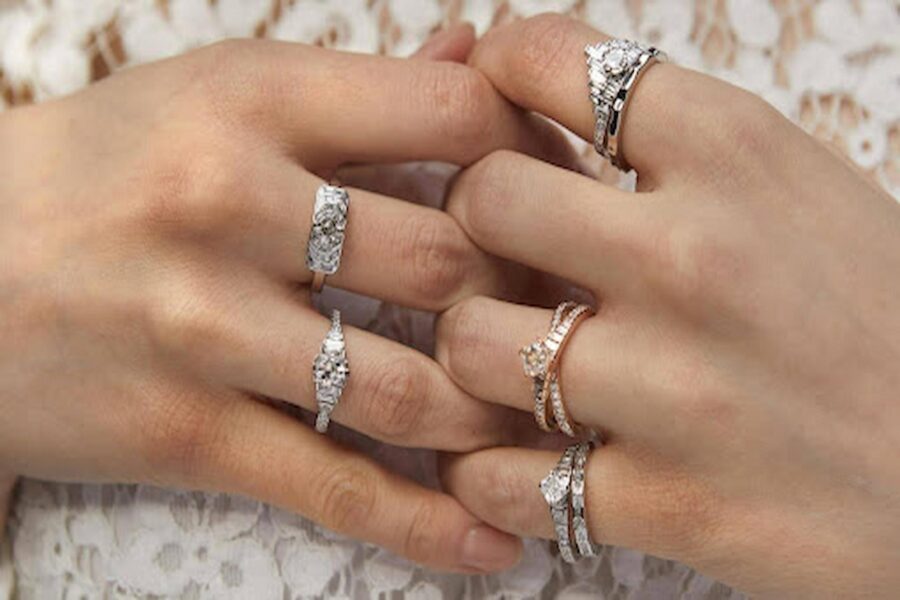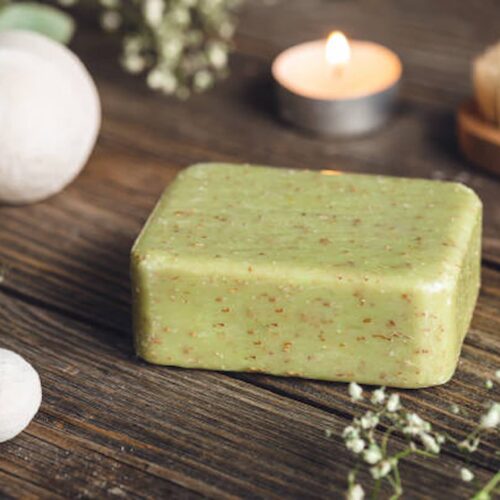The engagement rings of India’s noble families reflect a rich tapestry of culture, history, and artistry that has captivated admirers worldwide. While contemporary trends often focus on engagement rings UK, the opulence and intricate designs of Indian rings tell a unique story of love and tradition. These exquisite pieces not only symbolize commitment but also embody the heritage and values of families that have played a significant role in the country’s history.
In India, engagement rings have long been considered a significant aspect of marital customs, especially among noble families. These rings are often more than mere adornments; they carry deep cultural significance and are imbued with meaning. Traditionally, they are designed to showcase the family’s wealth and status, often featuring precious metals and an array of stunning gemstones. Diamonds, emeralds, rubies, and sapphires are frequently used, each stone representing various virtues and beliefs. For instance, diamonds symbolize eternal love, while emeralds are believed to bring harmony and prosperity.
The artistry involved in crafting these rings is nothing short of exceptional. Skilled artisans utilize traditional techniques passed down through generations, creating pieces that reflect both contemporary aesthetics and ancient craftsmanship. The use of intricate filigree work, meenakari (enamel work), and jaali (lattice) designs add layers of complexity to these rings, making them not only beautiful but also unique. Each piece often tells a story, encapsulating the values and traditions of the family it represents.
One notable style of engagement rings among noble families is the “Nazar” or “evil eye” ring. This design is intended to ward off negative energies and bring good fortune to the couple. Often adorned with blue stones or intricate motifs, these rings reflect the blend of spirituality and love that is so deeply rooted in Indian culture. The symbolism behind such designs resonates strongly with the families, ensuring that the ring carries both aesthetic and emotional weight.
Moreover, engagement rings in Indian noble families often serve as family heirlooms, passed down through generations. This tradition emphasizes the importance of legacy and continuity within families, connecting the past with the present. The emotional significance of these rings is profound; they are cherished not just for their beauty but for the stories and memories they embody. Each ring becomes a testament to enduring love and commitment, representing the union of two families and their histories.
While the designs may vary across different regions of India, certain commonalities persist. For instance, the concept of customization is highly valued. Many families commission unique pieces that reflect personal stories or cultural heritage. This practice ensures that each ring is not only a symbol of engagement but also a reflection of the couple’s identity and values.
In recent years, the global influence of Indian jewellery has grown, with many modern couples seeking to incorporate these traditional designs into their engagements. The intricate craftsmanship and vibrant gemstones are increasingly popular in international markets, including the UK. As a result, contemporary engagement rings UK are beginning to blend traditional Indian motifs and aesthetics, creating a beautiful fusion of styles.
In conclusion, the engagement rings of India’s noble families are more than just exquisite pieces of jewellery; they are symbols of love, tradition, and heritage. Their intricate designs, rich history, and cultural significance make them truly unique. As we appreciate these remarkable creations, we recognize the deep emotional connections they foster, bridging generations and embodying the values of commitment and family. Whether in India or beyond, the allure of these rings continues to captivate hearts, ensuring their place in the timeless narrative of love and elegance.




